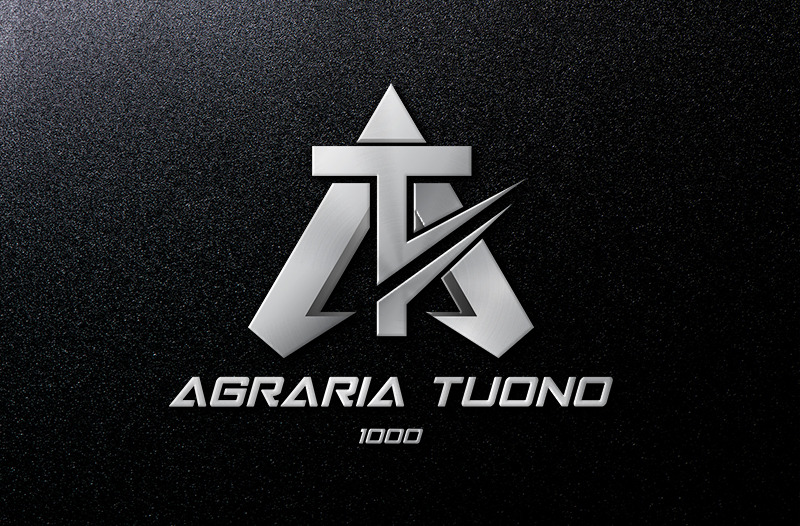If you ask anyone about their experience with software, computers, mobile apps, or any other digital product, the answer is almost always the same: Not so good. Most people find it complicated to use.
A few years ago, Tim Costello and Fraser Bishop felt the same way. They saw how every newly released piece of technology was more complex and harder to use than the previous one. They were sick of all the technical terms and buzzwords.
They soon understood why this kept happening. There was a disconnect: engineers in labs create technologies often in a vacuum, complicated technologies, and systems that only experts can understand. These systems and technologies are not user-friendly, convenient, or understandable for regular consumers.
What users want is a simple thing that anyone can use and understand without diving into technical details, especially commercial application technologies, as the folks who use these technologies are often not technologically inclined.
The market incentivizes companies to add more features so they can sell new versions to existing users at a higher price instead of making products easier to use. This leads to overall frustration and relearning of the systems or technologies.
So, Tim Costello and Fraser Bishop came up with a simple solution-they created a company to fulfill the need of working-class people! Both had years of experience in the field, learning and relearning systems and technologies. Both were involved in the infancy of the technology. Tim Costello worked as an Air Force Specialist Sergeant at the forefront of technology. first generation fly by wire planes and systems.
He saw the impact of what complicated technologies can do to people involved with these systems:it slows down the work line creates disorganization and complicates things frustrations can lead to people getting unmotivated to continue the task
As a military person, Tim realized early on, spending time learning complicated systems over and over again is not only redundant but a waste of time and money.
Fraser Bishop grew up on a farm and early on he learned a valuable lesson from his father: “you can fix most things and if you live on a farm you have to”.His love for inventing and fixing things never went away. To follow his hobby, Fraser became a State park ranger and law enforcement officer. Just like Tim, Fraser wanted technologies that were easy to use, rugged and practical and useful.
Both realized Silicon Valley was not listening to people like them, and technologies were getting even more complicated, expensive, and useless to many consumers.They decided to design a product that was innovative, practical, affordable, and sensible and can operate anywhere in the world. It was designed to be simple and for the consumer’s needs.
They made a plan to find the most innovative team of engineers, advisors, and support staff to achieve the impossible! To create the world’s first truly green hybrid prototype. Lovingly called the Aggie 1000.
With limited outside and additional funding assistance, they self-funded 95 % of the project. It was not an easy task because there were many naysayers and people who did not believe that it was possible. There were internal fights, arguments, and everything in between, but they didn’t give up on themselves and their commitment to each other or their team. They took risks, altered directions, and made changes when covid hit.They pushed and over the course of four years they had to find new ways to get people involved in their project.
Without funds, they had to hustle for every penny; and without resources, they had no choice but to come up with creative solutions using whatever was at hand or available.
They made a plan to find the most innovative team of engineers, advisors, and support staff to achieve the impossible! To create the world’s first truly green hybrid prototype. Lovingly called the Aggie 1000.
With limited outside and additional funding assistance, they self-funded 95 % of the project. It was not an easy task because there were many naysayers and people who did not believe that it was possible.
There were internal fights, arguments, and everything in between, but they didn’t give up on themselves and their commitment to each other or their team.
They took risks, altered directions, and made changes when Covid hit. They pushed and over the course of four years they had to find new ways to get people involved in their project. Without funds, they had to hustle for every penny; and without resources, they had no choice but to come up with creative solutions using whatever was at hand or available.
Out of this necessity came innovation. Not only did the team figure out the practical use of technology but they also figured out how to fuel the drone with unlimited fuel that the consumer can provide.
Being their own “gas station” the team & company found a way to provide an entire suite of hydrogen production systems for an affordable price that are consumer-oriented and required no expensive support systems this was revolutionary they achieved the eureka moment .
On October 26th, 2022, Aggie 1000 took her first flight ushering in groundbreaking technologies that will change the world. The drone reduces labor costs and assists in increasing efficient food production across the globe.
With Aggie 1000 the future of affordable commercial technologies became reality.
Www.accomacs.com

This article contains Forward-Looking Statements The information included on and other information provided reflect the current view and progress of the company Forward-looking statements may include, without limitation, expected financial positions, guidance, results of operations and cash flows; financing plans; business strategies and expectations; operating plans; impact of COVID-19; capital and other expenditures; competitive positions; growth opportunities for existing products; benefits from new technology and cost-reduction initiatives, plans and objectives; litigation related strategies and outcomes; This interview is for general purposes only.



